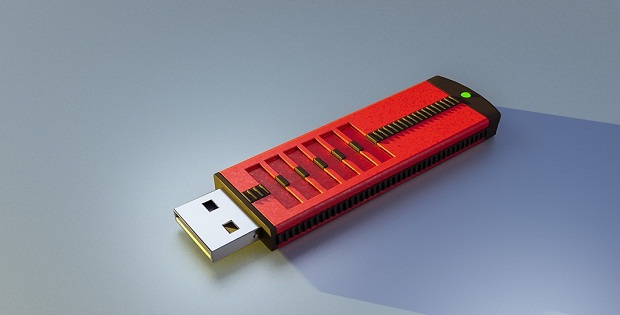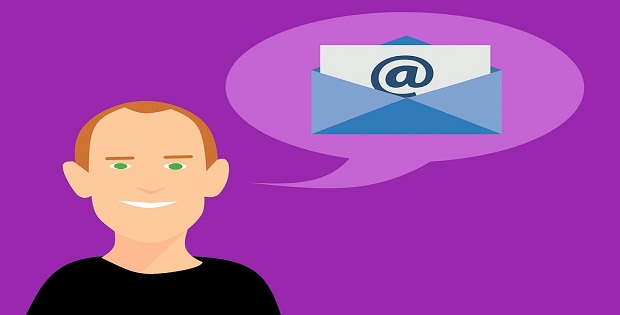How to Keep Information Secure on a Computer? Special Tips
Last Updated on 6 months by Touhid
It’s time to secure your computer from hackers and unauthorized access. Today, in this post, we will provide some special tips on how to keep information secure on a computer.
Hope these tips will protect your computer, laptop, or information from cyber attackers and that your sensitive data remains safe.
Table of Contents
Tips on How to Keep Information Secure on a Computer
There are different types of cyber threats such as viruses, malware, phishing, SQL injection, and cross-site scripting which will damage and steal your personal information. Here are some helpful tips which can help you how to keep information secure on a computer.
- Lock Your Computer.
- Install antivirus software.
- Use Windows Firewall.
- Create a strong password.
- Use a Unique password.
- Careful use of USB devices.
- Delete suspicious Email.
- Provide your personal information on a secure site.
- Up-to-date operating system.
- Back Up Your Data.
- Use Data encryption.
- Avoid Phishing Emails.
- Keeping your web browser up to date.
- Don’t Visit Porn Sites.
 Lock Your Computer
Lock Your Computer
How to keep information secure on a computer? Lock your computer to save your sensitive information on a computer. Don’t use an automatic login feature that saves your username and password. It is better to always log off your computer when you are out off from your computer for a second.
If anyone can get access to your computer, so he/she can steal your sensitive information or inject malware into your computer.
Install Antivirus Software
Antivirus software is a program that helps how to keep information secure on a computer against viruses, worms, Trojan horses, and other unwanted threats. It scans every file that comes through the Internet or USB devices to your computer and helps to protect against damage to your system.
You can use the following anti-virus software on your computer and keep updated with the latest version.
Use Windows Firewall
A firewall is a network security tool designed to monitor incoming and outgoing network traffic and permit or block data packets based on security rules. Its main purpose is to create an obstacle between trusted internal networks and untrusted external networks to block malicious attacks.
If your computer ports are open, then hackers can send malicious programs to gain unauthorized access. A firewall acts as a simple defense by closing all ports. If your operating system is Windows, then there is a built-in firewall.
How to Enable a Firewall
In Windows, this can be found by navigating to:
- Choose Start→ Control Panel→ System and Security→ Windows Firewall.
- Click the Turn Windows Firewall On or off link in the left pane of the window.
- Select the Turn on Windows Firewall radio button for one or both of the network locations. Click OK.
Create Strong Passwords
To keep information secure on a computer, use strong passwords for computer login and online accounts. If your password is easy and anyone gets the password then your information will be compromised.
It is a very common case, that we are using very simple passwords to remember in our mind like as date of birth, mobile no, employee ID, and test123, which is one of the reasons for data leakage. So, make the passwords stronger by combining letters, numbers, and special characters (minimum 10 characters in total) and change them regularly.
For example: T$ouhi&89%; is a strong and standard password.
Learn more about How to create a strong Password?
Use Unique Password
Cyber security experts recommend that use strong and unique passwords for each account. If you re-use a password on multiple accounts and if a hacker gets access to your password, then all other accounts will be vulnerable like your bank, tax, or online health care accounts.
So, if you want to keep your personal information safe, then it’s important to use a separate and unique password for each online account.
For example:
- Email account –> Use a unique and different password.
- Facebook account –> Use unique and different passwords.
- Bank account –> Use unique and different passwords.
Careful Use of USB devices
You must use the USB device on your computer very carefully to keep information secure. When you are using USB devices on your computer for data transferring so, ensure that all external devices come from a reliable source. If you feel, there are any suspicious files then please scan them by antivirus software.

Delete Suspicious Email
A phishing email usually compromises your sensitive information. A phishing email’s attachment can contain viruses or malware. When you download the attachment file then the malware will install on your computer to hack your information.
If you want to avoid phishing emails, just delete any email that raises confusion. If you think your incoming email is suspicious then you can direct a phone call to the sender to confirm as he sends the mail.
In addition to simply deleting the email, you can also mark it as spam, or as suspicious and it is better not to click on that type of email.
Provide Information on a Secure site
When you enter your personal or business information on a website, so first make sure that the site is secure with SSL (Secure Socket Layer) certificate. In URL, it will start with https:// such as: https://cyberthreatportal.com.
Up to date Operating system
It is strongly recommended that update your operating system regularly with the latest security patches, updates, and drivers. This will ensure that your computer is up-to-date and free from viruses to keep information secure on a computer.
How to computer up to date?
- Open Windows Update by clicking the Start button > control panel > system and security > and then clicking Windows Update.
- In the left pane, click Check for updates, and then wait while Windows looks for the latest updates for your computer.
- If any updates are found, click Install updates.
Back Up Your Data
How to keep information secure on a computer? A data backup is a process of copying or archiving your important data files and folders to be able to restore data in case of data damage or destruction. It acts as a secondary storage of data which is used for data protection.
You can do your data back-up manually by archiving important documents to an external hard drive or using Dropbox or Google Drive, etc.
Use Data encryption
Encryption is the process of encoding your information using an algorithm to transform information that only authorized users can access and make it unreadable to unauthorized users.
It protects sensitive data such as credit card numbers by encoding and transforming information into unreadable cipher text.
Avoid Phishing Emails
Phishing is a type of social engineering attack that attempts to gain sensitive and confidential information such as usernames, passwords, credit card information, login credentials, and so more. In a phishing attack, an attacker sends phishing emails to your email to steal your personal information.
So, to keep the security of your computer or mobile phone please avoid or don’t click or don’t open such type of mail and don’t provide your sensitive information.
Learn more about How to Protect Phishing?

Keeping your Web Browser Up to date
Keeping your web browser up to date is very important for computer security and ensuring that web pages load properly. Out-of-date web browsers can have serious security problems such as phishing, viruses, Trojans, spyware, adware, and other sorts of malware.
However, Security patches are released for popular browsers all the time. It requires a couple of minutes an update is available, just download and install it.
Steps for updating Firefox browser
- First, click the menu button, and click Help –> about Firefox.
- Click on About Firefox and a window will open.
- Then Firefox will begin checking for updates and downloading automatically.
- Click Restart to update Firefox, when the download is complete.
Steps for updating Google Chrome
- First open the Google Chrome browser
- At the upper-right corner of the screen look at More.
- And then Click Update Google Chrome.
- If you don’t see this button, then you are on the latest version
- Click Relaunch.
Don’t Visit Porn Sites
The traffic on porn websites is increasing day by day and most people know that porn websites contain viruses and malware; however, they don’t seem to avoid it. We also know that porn websites include lots of advertisements and it looks attractive.
Hence, the malware creators hack the advertisement servers and include the malware in those advertisements and some websites have malware. When a user visits a porn site and clicks on such an advertisement, then he gets infected with malware. If you want to be safe from malware, so please don’t visit and don’t click on the advertisements and banners.
Conclusion
Information Security (IS) refers to the process and methodology to protect your computer from unauthorized access, use, modification, and destruction.
Finally, we need to take some preventive measures on how to keep information secure on a computer. Hope this article will be helpful for you to secure your computing devices.
Affiliate Disclosure : Cyberthreatportal is a participant in the Amazon Services LLC Associates Program, an affiliate advertising program designed to provide a means for website owners to earn advertising fees by advertising and linking to amazon.com.





